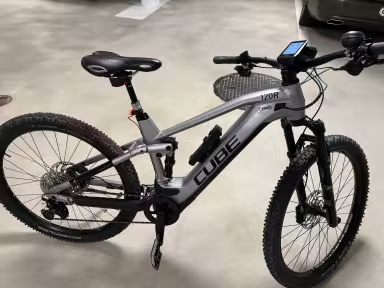E-Bike Downhill
8 Downhills
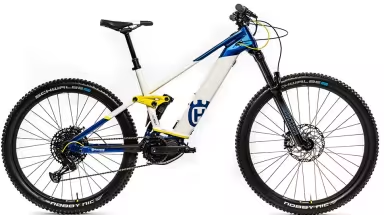
Husqvarna Mountain Cross LE
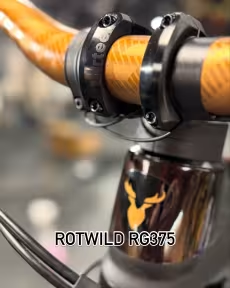
Rotwild R.g375 Pro
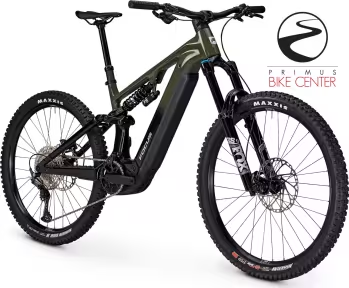
Focus Sam² 6.8
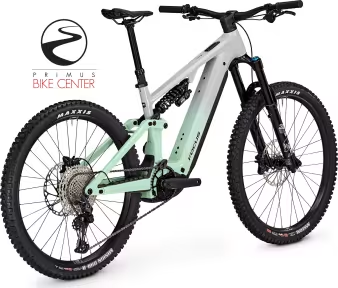
Focus Sam² 6.8

SPECIALIZED Turbo Levo 3 Comp Carbon

SCOTT Voltage eRIDE 900 Tuned

Bixs Sauvage E25

SPECIALIZED Kenevo Comp
Buying advice for: Mountainbike: Fully: Downhill
Frame material
E-bike downhill bikes require a robust frame due to the increased loads and durability requirements. Aluminium frames are therefore very popular for downhill e-bikes. They offer a good balance between weight, durability and cost. They are stiff and strong enough to withstand the stresses and strains of downhill riding, while also being relatively light. In comparison, carbon frames are lighter than aluminium and offer excellent stiffness, resulting in efficient power transfer. However, they are also often more expensive and can be more vulnerable to heavy crashes than aluminium frames.
Chassis
The suspension of a downhill e-bike, also known as the suspension system, plays a crucial role in preparing the bike for the demanding terrain and high speeds of downhill riding. The suspension fork is located at the front of the bike and absorbs shocks and bumps on the trail. E-bike downhill bikes usually require forks with large suspension travel (often over 180 mm) and robust designs to withstand the stresses and strains. The shock absorber is located at the rear end of the frame and provides damping to reduce shocks and vibrations. E-bike downhill shocks are often equipped with a high spring travel and offer adjustable settings for compression and damping. Some downhill e-bike models have special suspension designs such as four-link or rear suspension that provide effective damping and traction on the trail.
Wheels
E-bike downhill rims need to be strong and durable to withstand the stresses of downhill riding. Typically, rims with wider profiles are preferred to accommodate wider tyres and provide better stability. Aluminium alloys are often the preferred choice due to their durability and repairability compared to carbon rims. Robust and reliable spokes are crucial to keep the rims stable and withstand the shock loads that occur when riding downhill. High strength steel spokes are often the best choice for e-bike downhill wheels.
Tyres
E-bike downhill tyres are often wider than normal mountain bike tyres to provide a larger contact area with the ground and thus improve traction. The tread pattern of the tyres is aggressive with deep lugs to ensure grip on muddy, rocky and rooty surfaces. As downhill trails are often peppered with sharp rocks and other obstacles, e-bike downhill tyres require reinforced sidewalls to minimise cuts and damage. Many e-bike downhill tyres are tubeless compatible, which means that they can be ridden without a tube. Tubeless tyres offer improved puncture resistance and the ability to ride with lower tyre pressure, which improves traction and comfort.
Brakes
Downhill e-bikes are often equipped with hydraulic disc brakes, which offer high braking power and modulation. The advantage of disc brakes is that they brake reliably even in wet conditions and under extreme loads. Due to the higher speeds and greater weight of downhill e-bikes, larger brake discs are often required to provide the necessary braking force and prevent the brakes from overheating. Typical sizes are between 200 and 220 mm in diameter. High-quality brake pads are also very important. E-bike downhill brake pads are often specially developed for use in extreme conditions and offer high heat resistance and wear resistance. Regular maintenance and inspection of the brakes must be taken into account. This is crucial to ensure that they function properly and offer optimum braking performance.
Battery motor
E-bike motors for downhill applications usually offer an output of 250 to 1000 watts, specially designed for the challenges of rapid descents. This power enables controlled assistance as the rider descends steep gradients. Combined with a robust battery, this motor ensures a constant power supply for the thrill of downhill riding. The combination of battery and motor forms the foundation of a powerful and reliable e-bike that meets the demands of downhill biking.
More interesting bikes

Husqvarna Mountain Cross LE
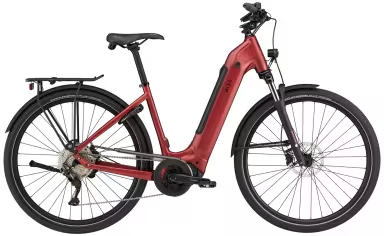
Bixs Campus-E

Thömus Twinner
